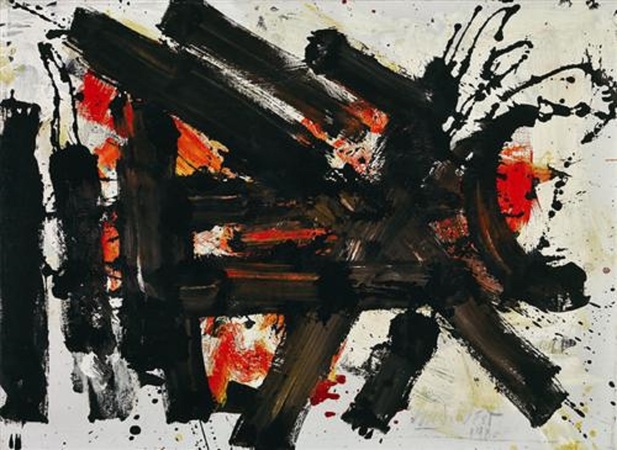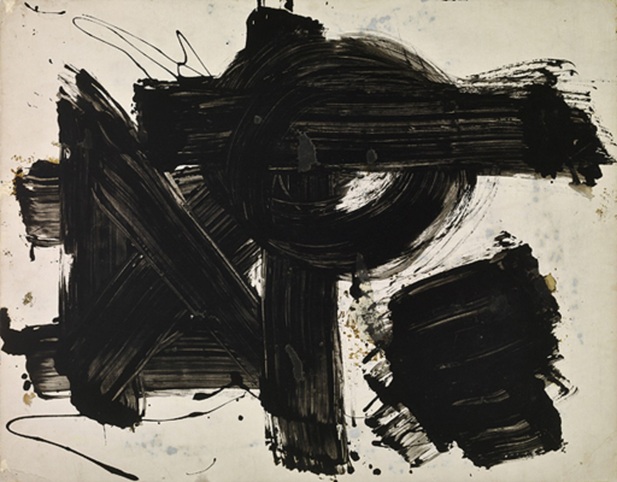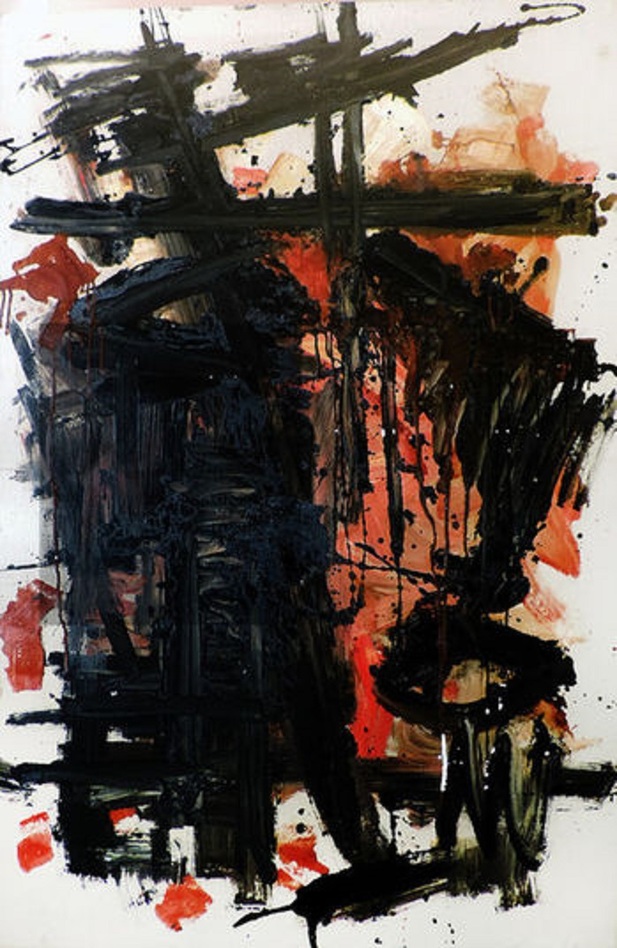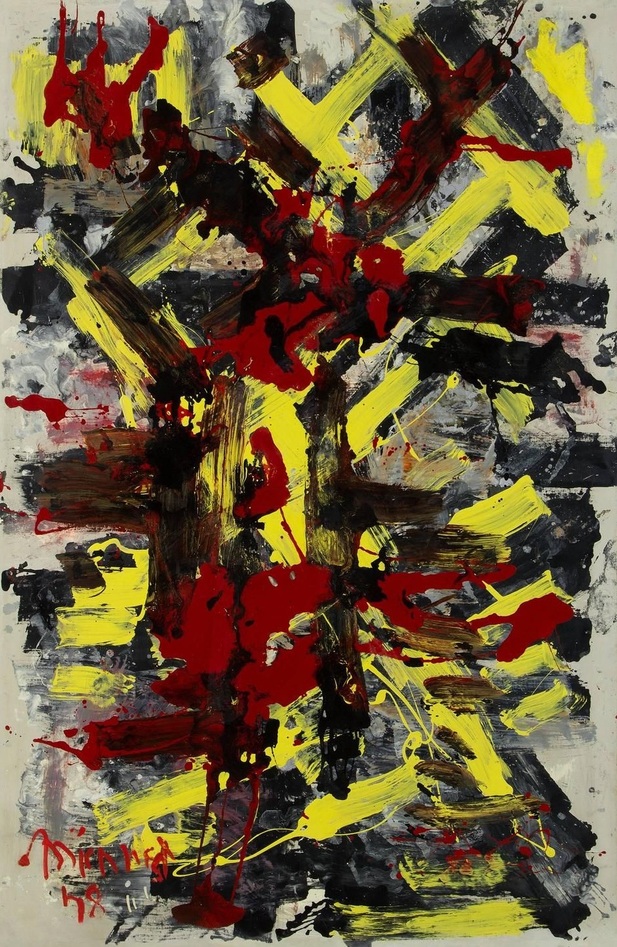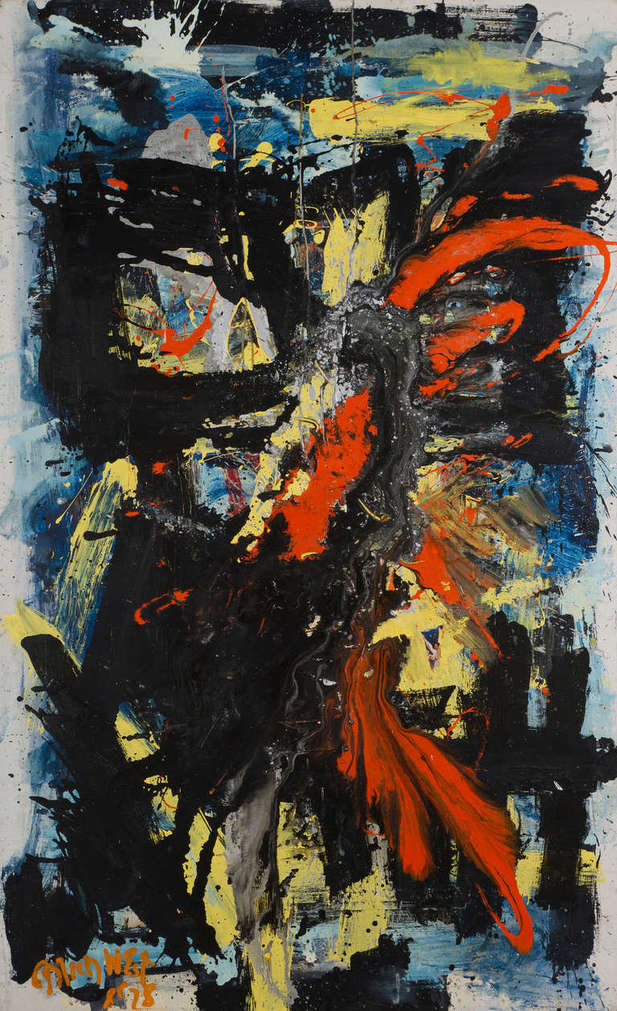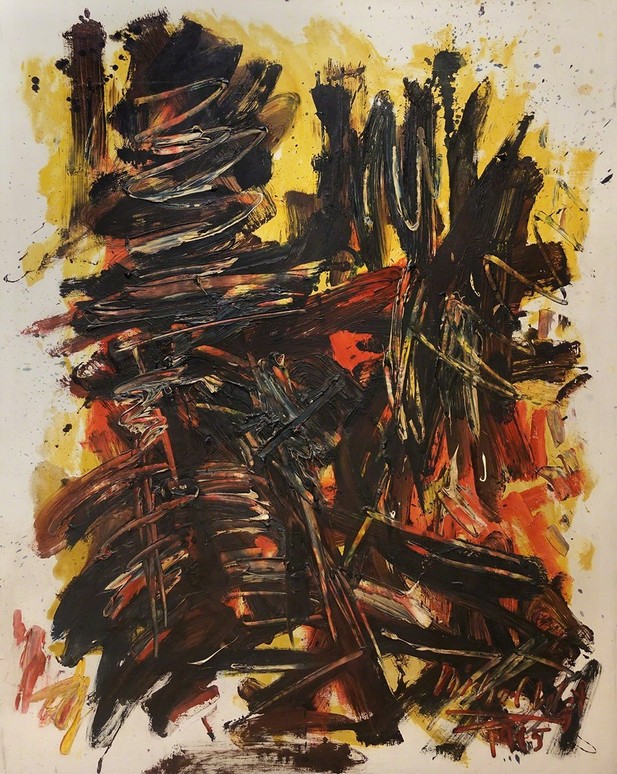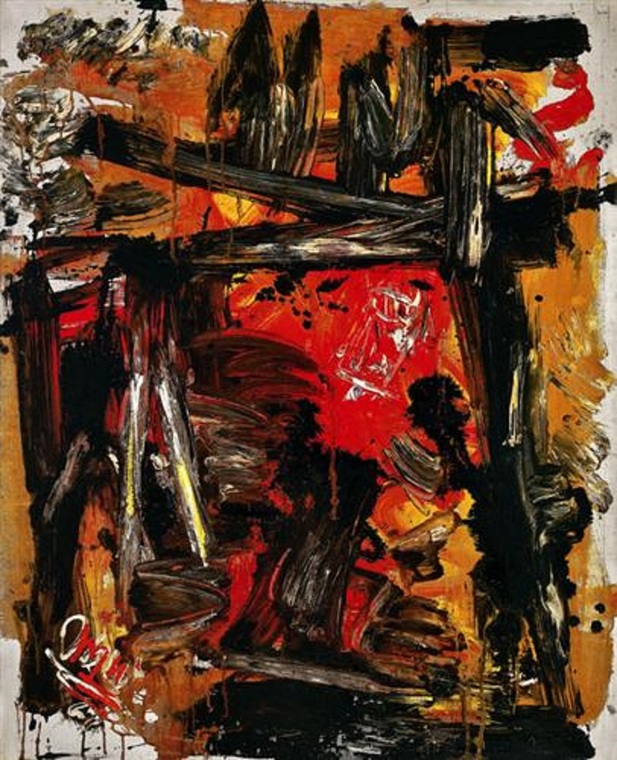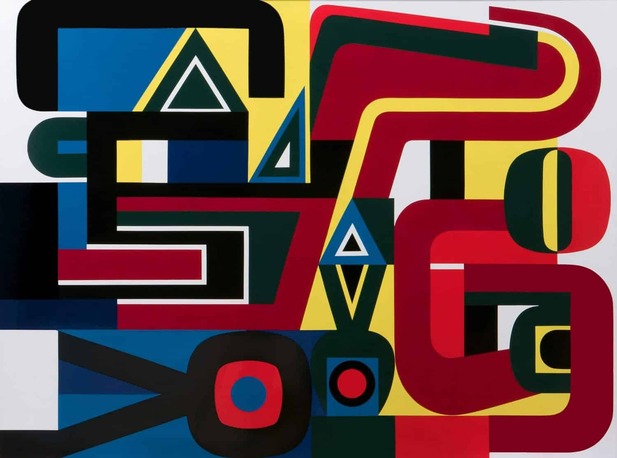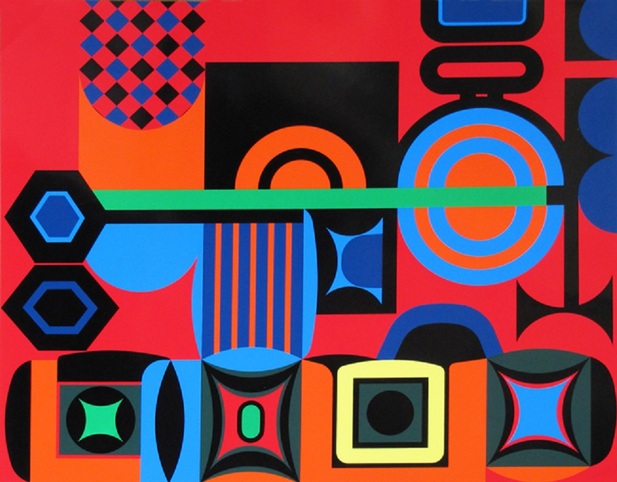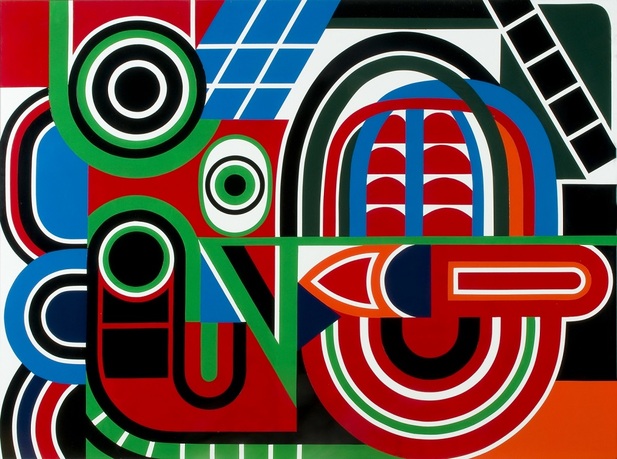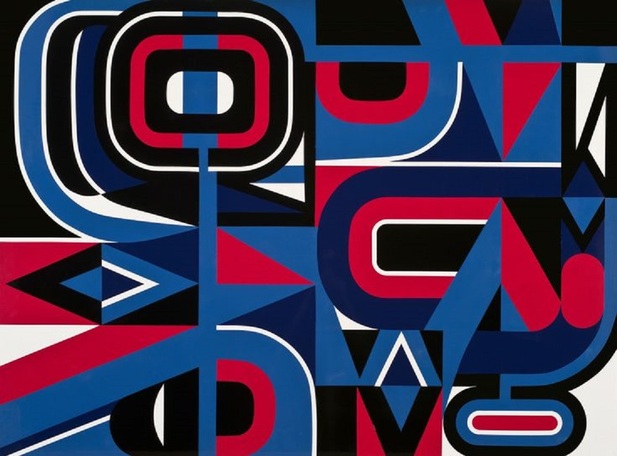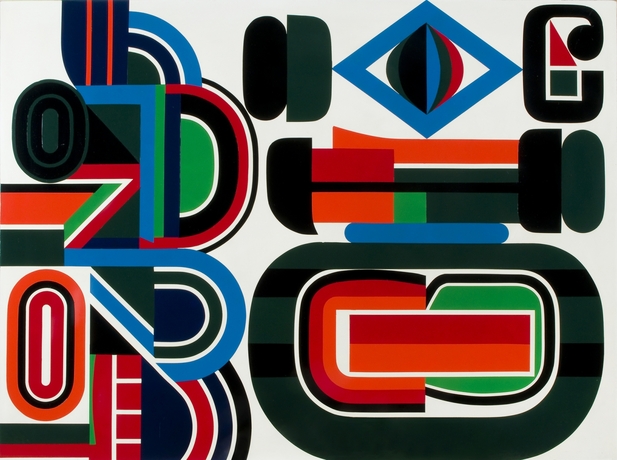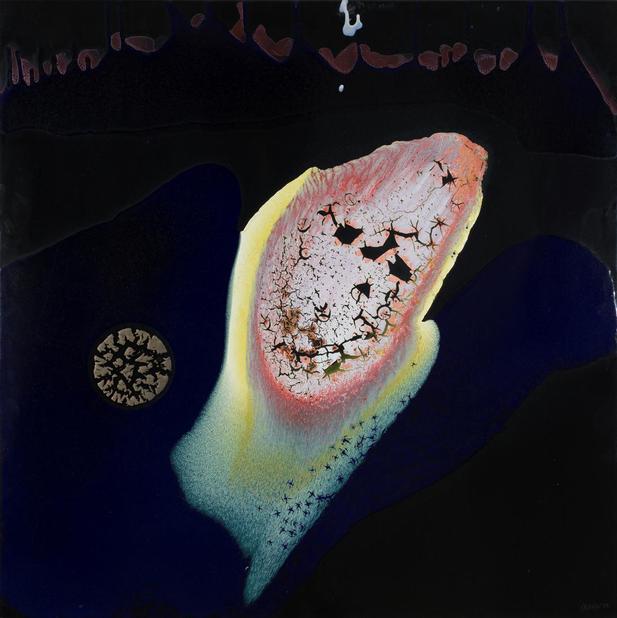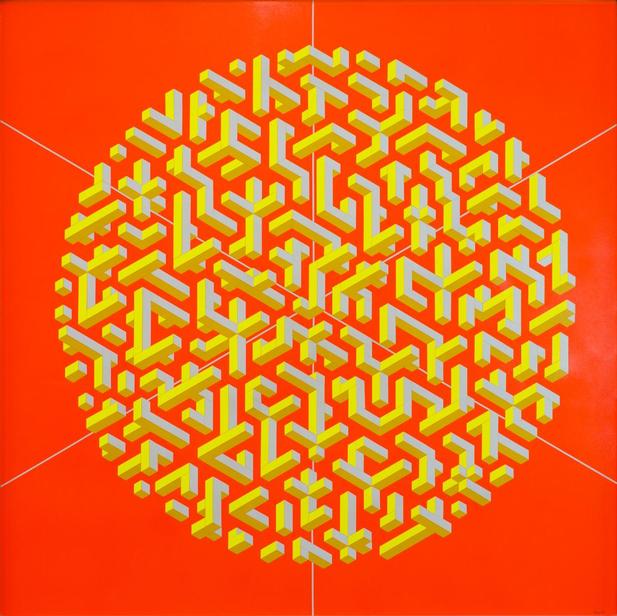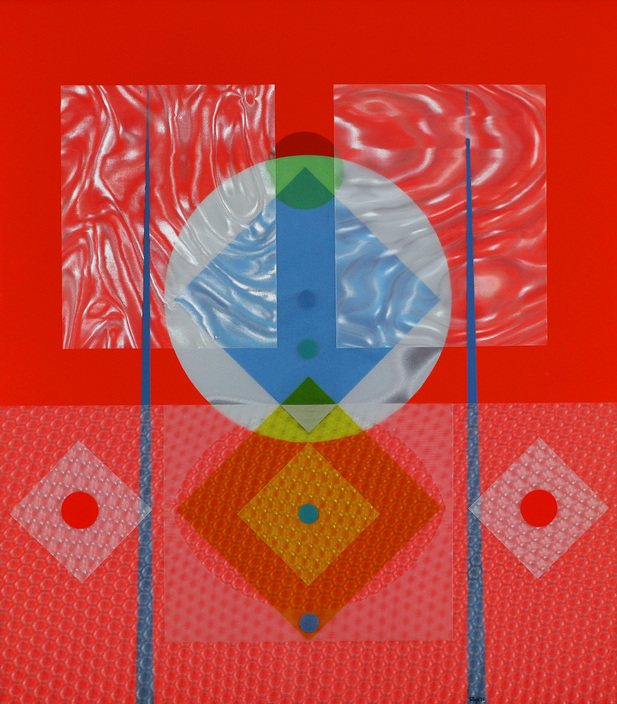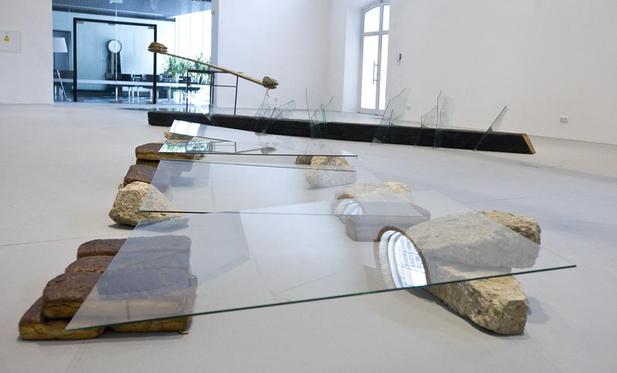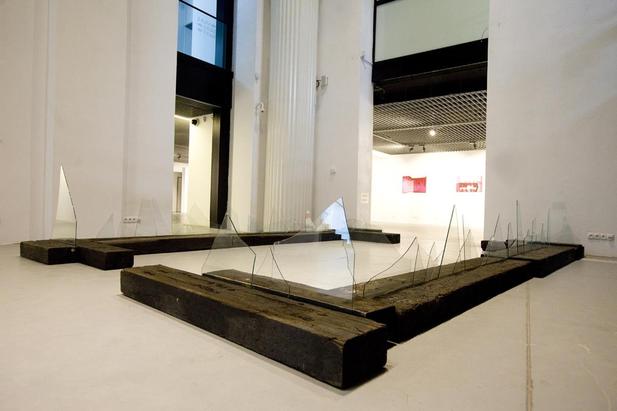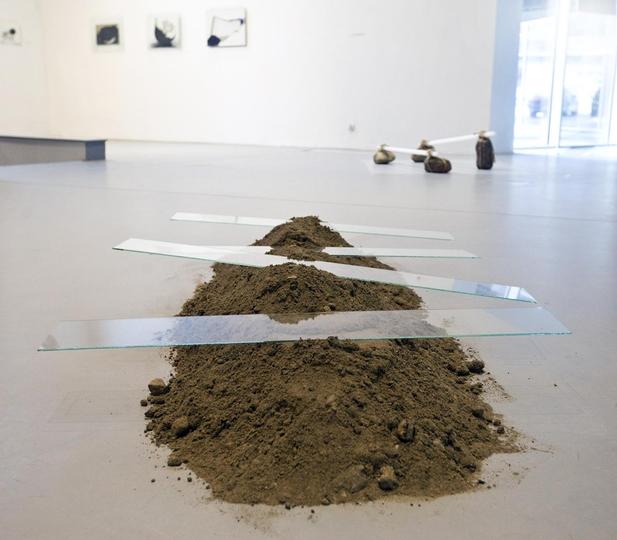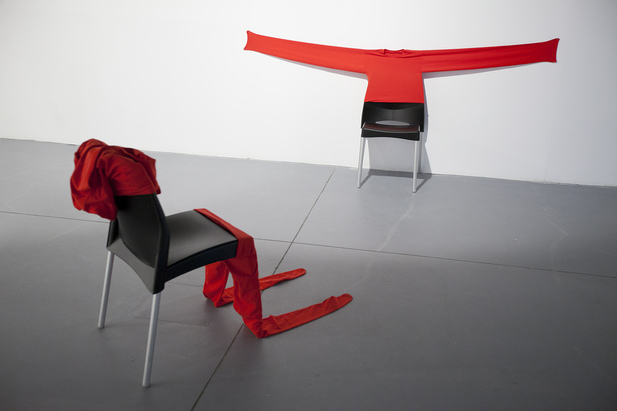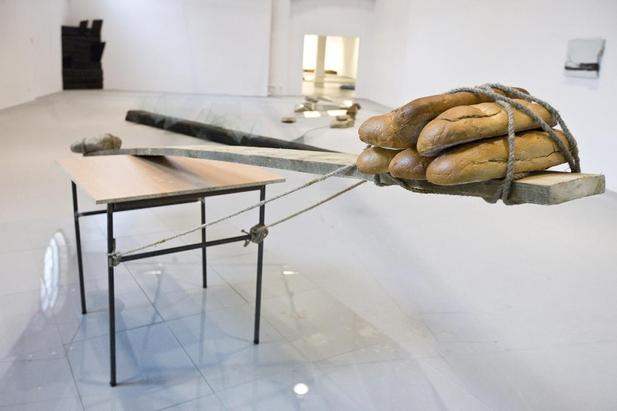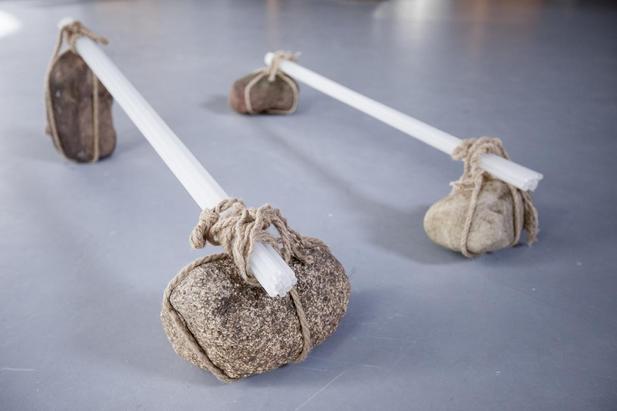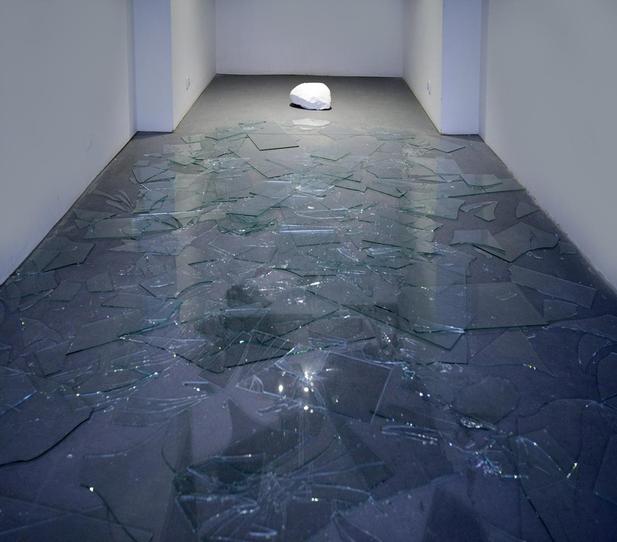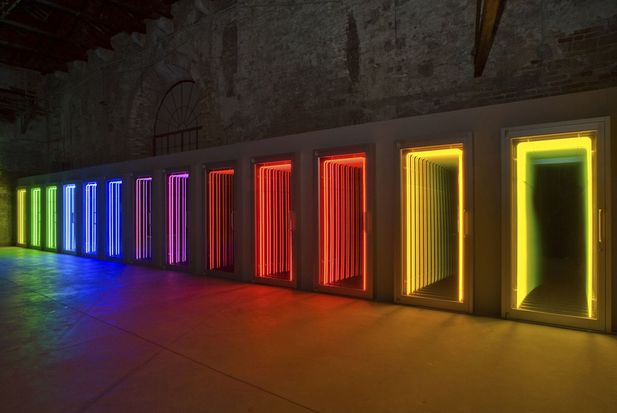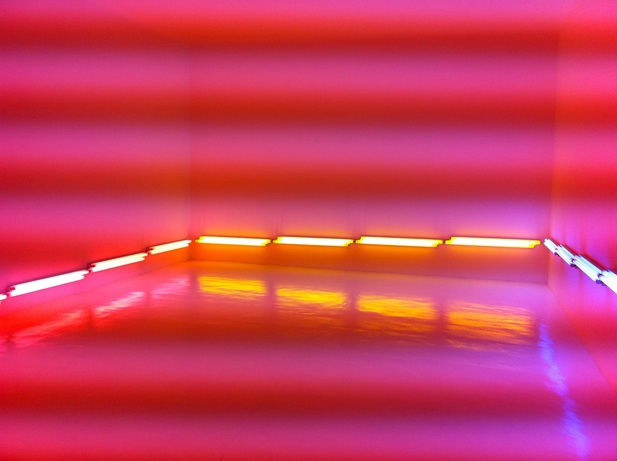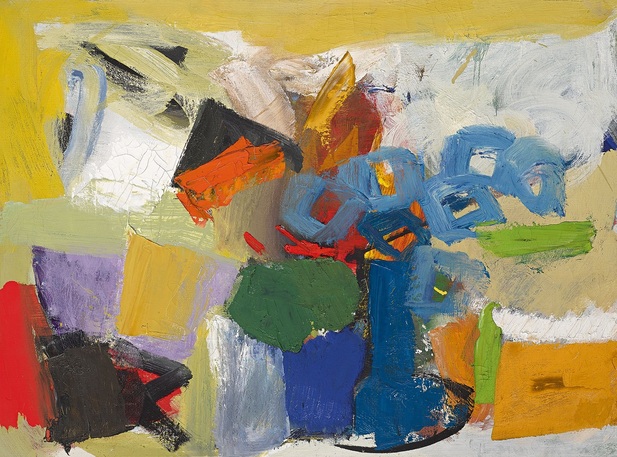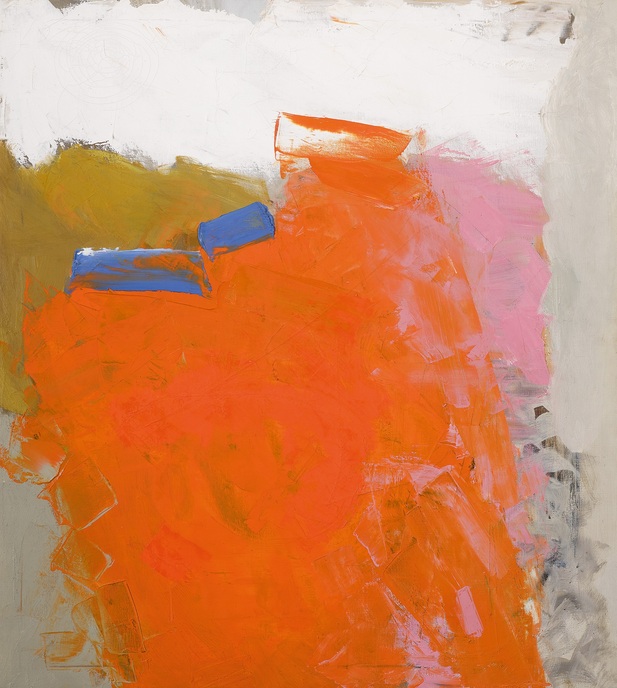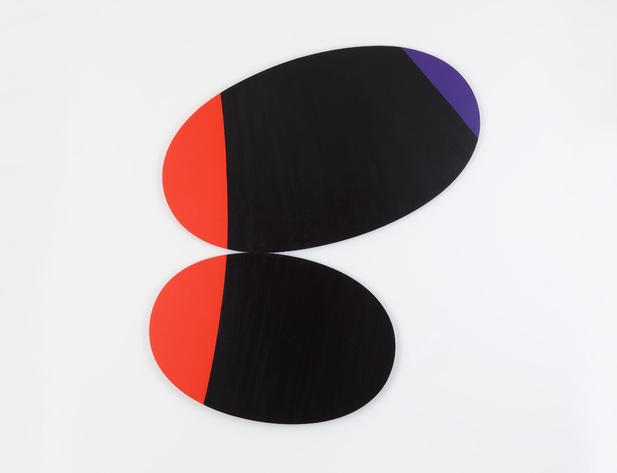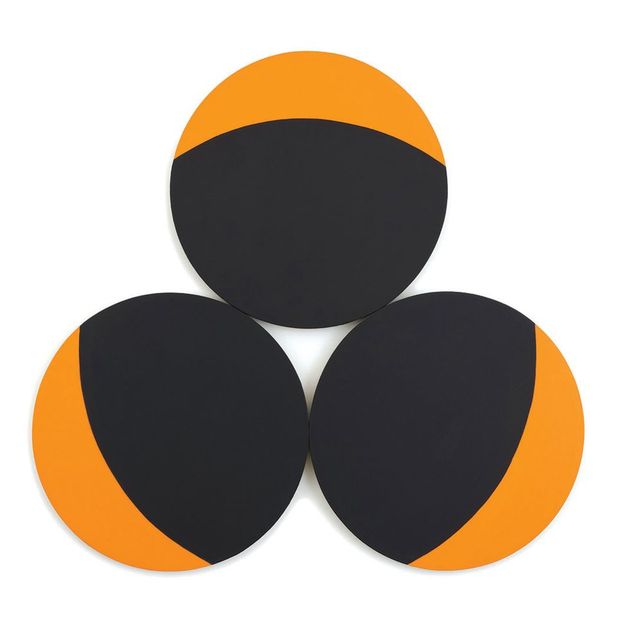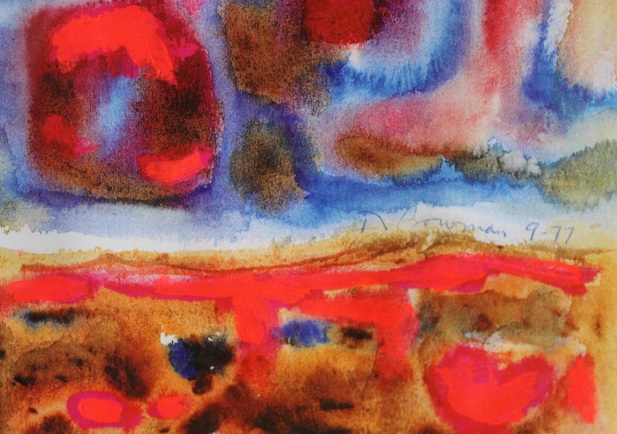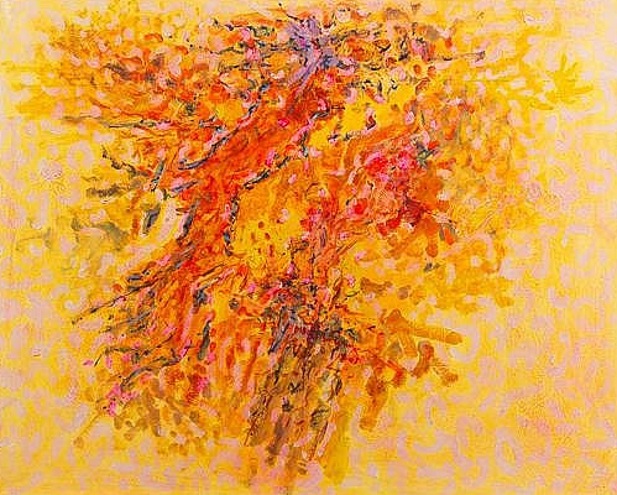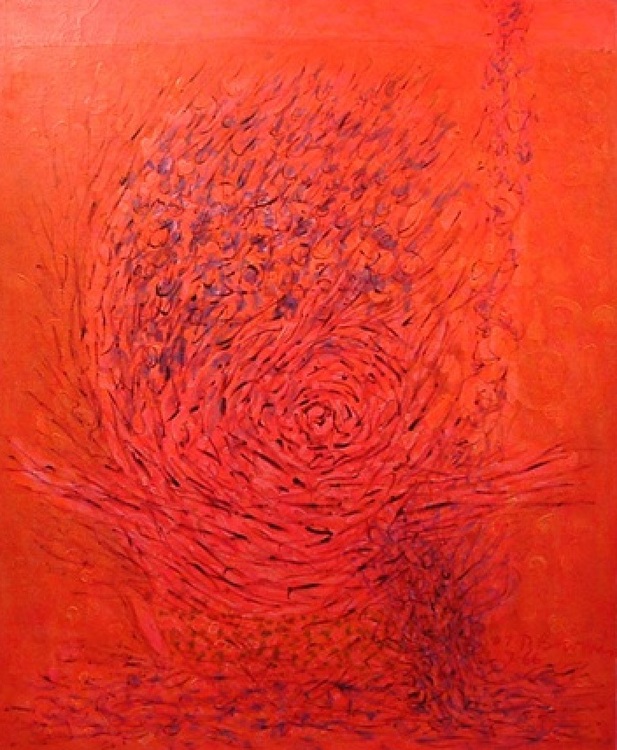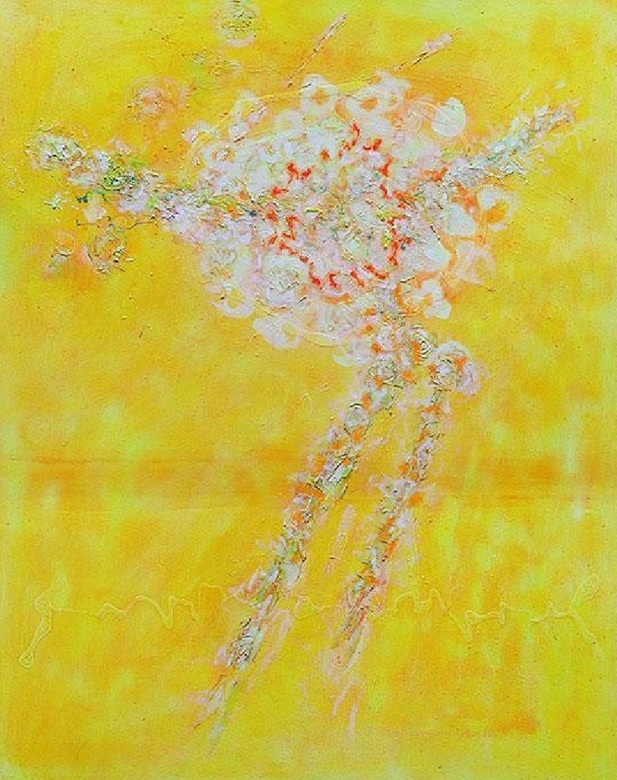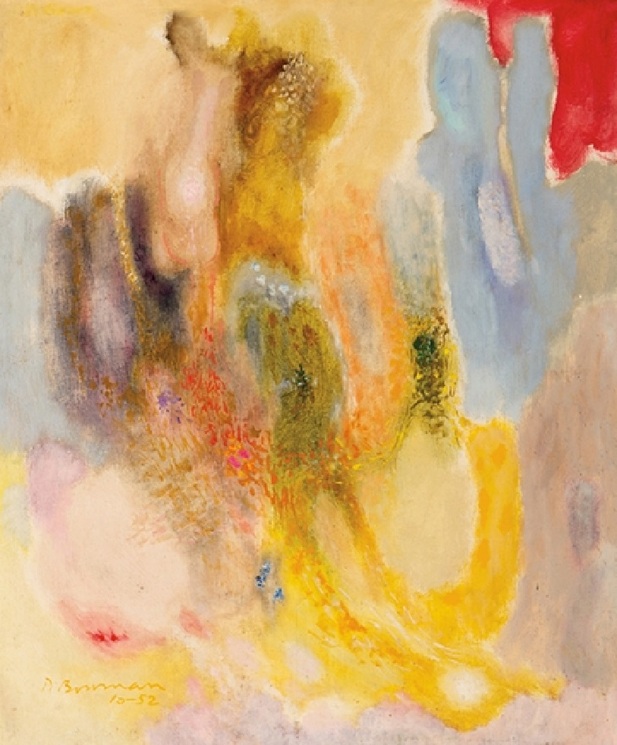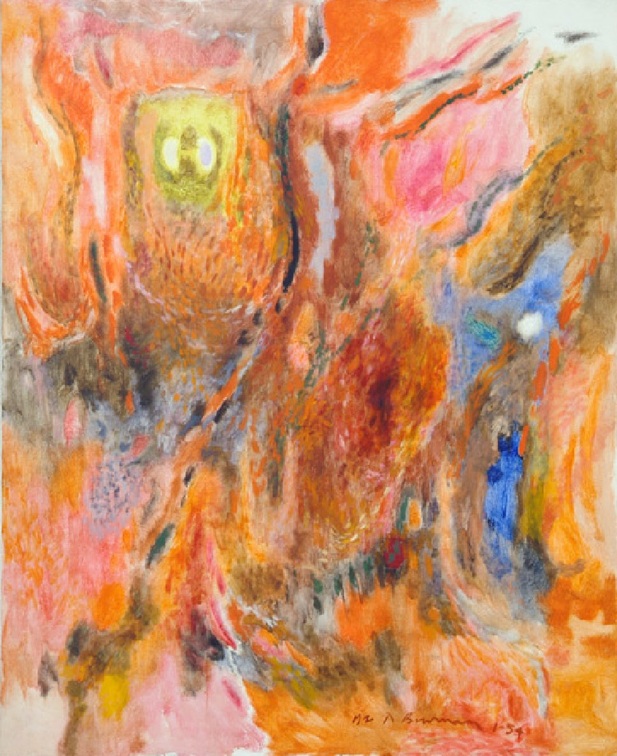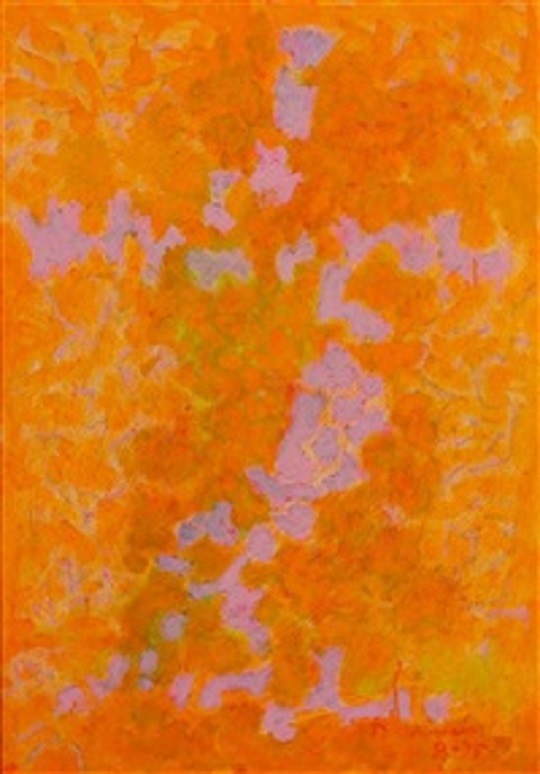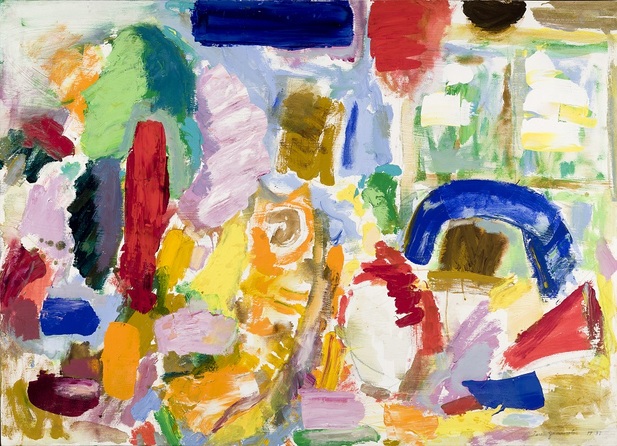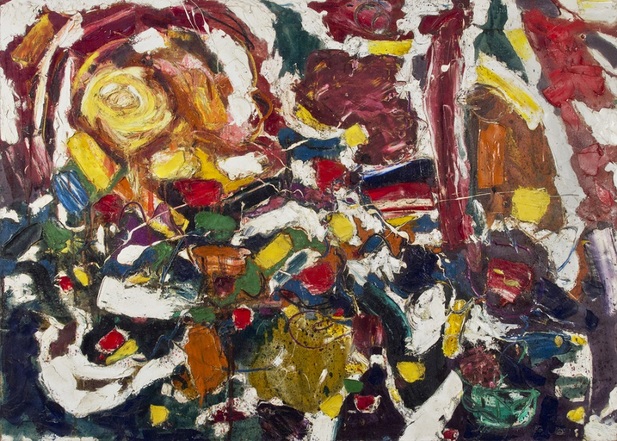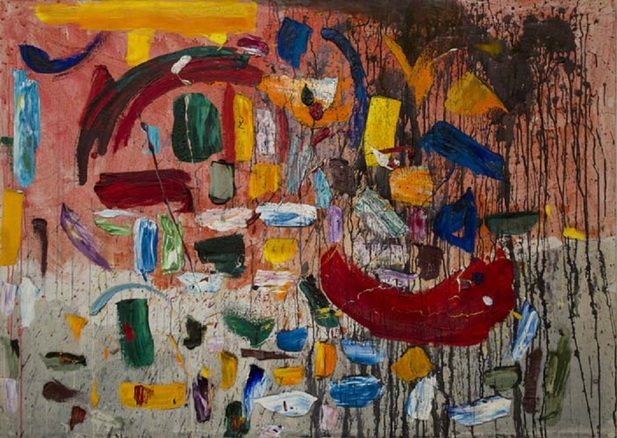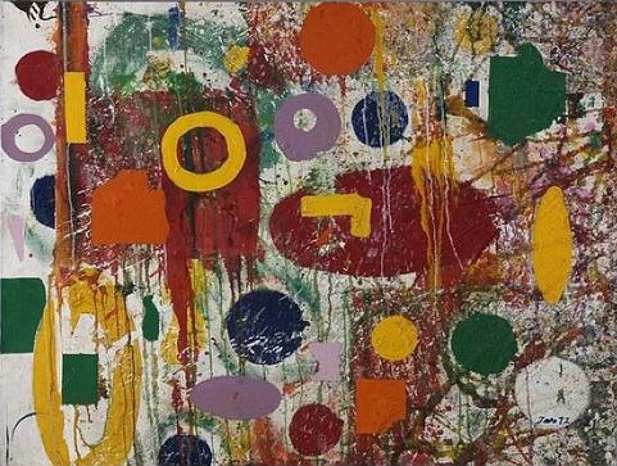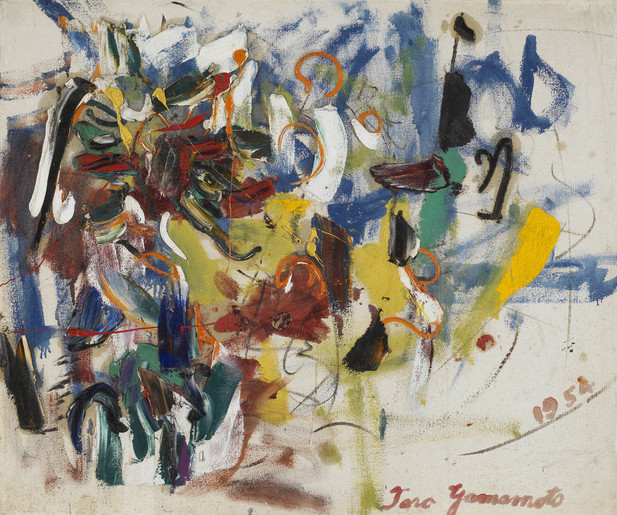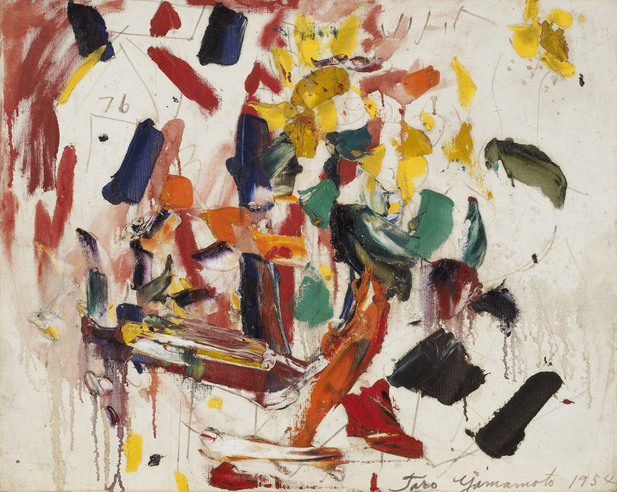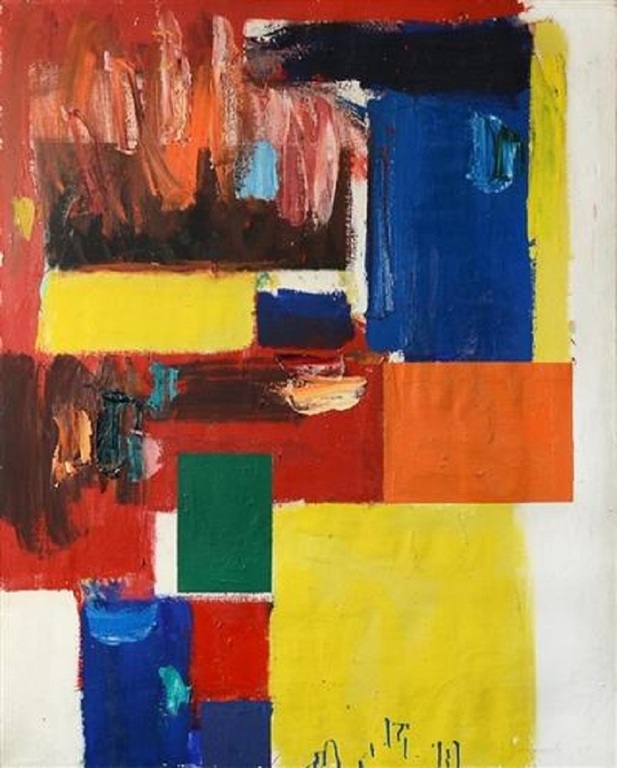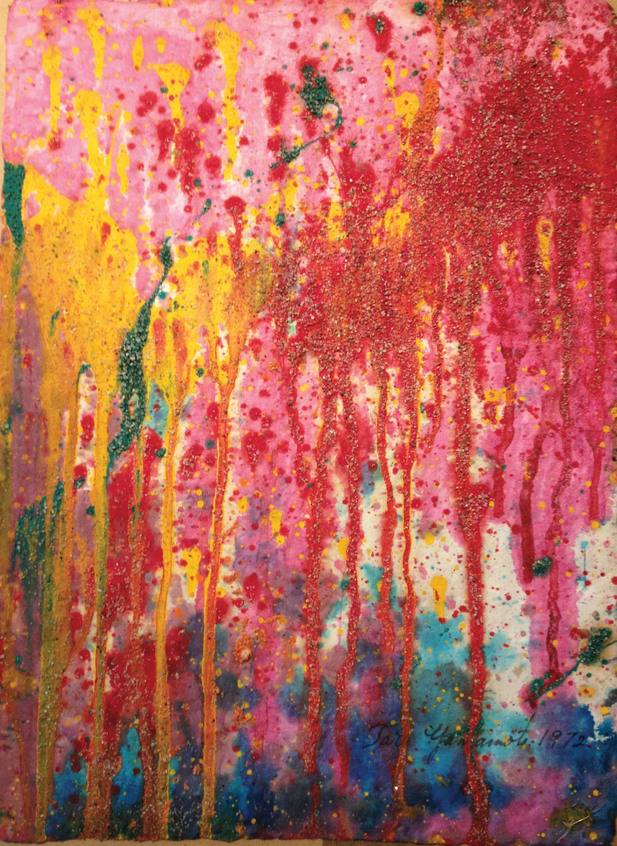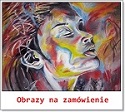«Sculptor and artist. Born on May 19, 1926, in Kalisz and died on March 2nd, 1973, in Praz-Coutant, France.zapocznikow was one of the most original woman sculptors in contemporary art. Inspired by the personal experience of her long battle with a fatal illness, she created a visual language of her own to reflect the changes going on in the human body, introducing new materials to the sculptor's repertoire with which she courageously and effectively experimented to create moving works with an uncommon power of expression.During the German occupation, she spent the years 1940-1942 with her mother in the Pabianice ghetto (her father died in 1938). From there she was transferred to the Łódź ghetto, and then — via Auschwitz — to the camps of Bergen-Belsen and Teresienstadt in Czechoslovakia. After the war she decided to study sculpture.From 1945 to 1946 she trained in Otokar Velimski's studio, later moving on to study at the Academy of Art and Industry in Prague (supervised by Josef Wagner). From 1948 to 1950 she studied at the Ecole Nationale Supérieure des Beaux-Arts in Paris, working in Paul Niclausse's studio as a student. She came back to Poland in 1951 and began to participate in artistic life, taking part in competitions to create public monuments to Chopin (with Oskar Hansen), to Polish-Soviet Friendship, to the Warsaw Heroes, the victims of Auschwitz and Juliusz Słowacki. In 1963 she moved to France for good. In Paris she became involved with the Nouveau Réalisme movement (along with Arman, César and Niki de Saint-Phalle), led by the critic Pierre Restany. However, Szapocznikow retained her originality, remaining a sensitive artist focused mostly on issues of intimacy.Since for a long time she was interested mostly in her own body, one could assume that there was something narcissistic in her work. Even while radically transforming the masses of her new sculptures, she still observed biological forms. Her shapes may not have been concrete, but they remained legible enough for the viewer to realize that the sculptor was striving to find forms of expression for her fascination with the „impact force of the biology of life“, as Janusz Zagrodzki wrote. Szapocznikow herself said at the time that she was interested in „searching for form, searching for the greatest expression of sensuality or dramatic quality“. This was in keeping with her fascination with what happens to a human being in liminal moments. „The fleeting moment, the trivial moment – these are the only symbols of our earthly existence“, she wrote. This conviction was spawned by her personal experiences with war, death and illness. Szapocznikow's sculptures were almost entirely focused on memorizing the body and „recording“ the impermanent. Her designs for monuments referred more to the collective experience; later, her art would become primarily the record of one female body subject to the pressure of suffering.(Author: Małgorzata Kitowska-Łysiak, Art History Institute of the Catholic University of Lublin, February 2003. Updated by Agnieszka Le Nart, November 2011.culture.pl )
More











